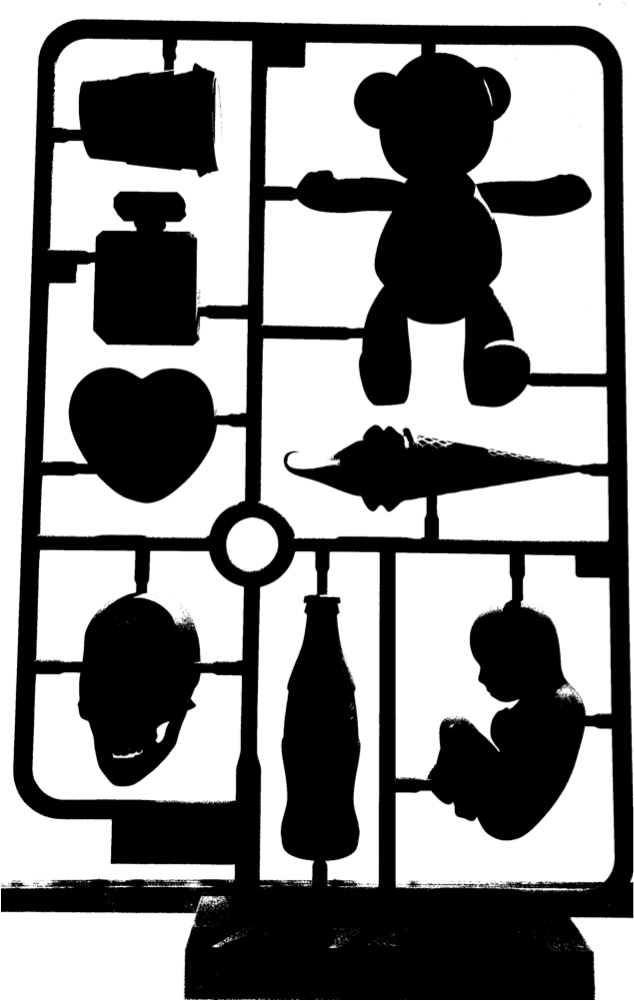 I envision a group of four friends. They are standing outside a movie theater. The year is, let's say, 1991. They discuss the opportunity to see the just-released Terminator 2: Judgment Day.
I envision a group of four friends. They are standing outside a movie theater. The year is, let's say, 1991. They discuss the opportunity to see the just-released Terminator 2: Judgment Day.
The first friend says, "I loved The Terminator. This is the sequel."
The second friends says, "It's supposed to be the most expensive movie ever made."
The third friend says, "I love Arnold Schwarzenegger. I'll see anything with him in it."
The fourth friend says, "Wait, what is this movie? I haven't seen Terminator 1. Is this the same one wheer Arnold goes to Mars?"
The first friend says, "No, it's Terminator. He's a robot from the future."
The fourth friend says, "I'm already confused. The future? Did he come back in time from The Running Man?"
The second friend says, "No, it has a way huger budget and better special effects than The Running Man."
The fourth friend says, "I won't know what's going on though."
The third friend says, "It has Arnold!"
The fourth friend says, "So does this take place after Predator 2? I didn't get why Arnold wasn't in that one. Where did he go after Predator 1?"
The first three friends cannot persuade to the fourth friend why they should see Terminator 2: Judgment Day. They do not see the movie.
Why Shared Universe Stories Work
A shared universe is a collection of separate stories that co-exist in the same chronology. While they can sometimes be produced out of exact order on the timeline, they influence and reference one another. In an optimal situation, prior knowledge to one story enhances the plot of all other adjacent stories without demanding foreknowledge from the audience to enjoy the story set before them.
Shared universe stories work because they enforce the positive traits of being a sequel and reduce the negative traits of being a sequel. An audience can choose to follow the adventures of just one character as they branch off on their own mission. Then, when it comes time for that character's next adventure to be a cross-over, the audience is comfortable following the character.
The audience is no longer dependent on a superstar actor to suggest quality. Instead, what they have enjoyed are characters and a shared universe, not an actor's portrayal. This means, instead of just watching three Iron Man movies, a viewer will watch three Iron Man movies, his two Avengers team-up movies, and his adventure where he fights Captain America, another separate story.
When done properly, a shared universe is more than the sum of its marketing components, something we at Ghost Little has borrowed and reverse-engineered for its own original fiction. True, it is some kind of product-awareness magic that turns three movie tickets sold in to six movie tickets sold, but it's also a comfort to the audience. It's character and continuity-familiarity, so a great deal of character establishment, what their motivation is, and why they behave the way they do, can all be done four, five films prior. That way, the audience doesn't have to feel like the hard work they did of getting to know the character in the first place is for naught.

